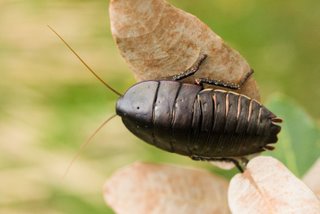Back in Winter I found myself in Perth briefly, and was able to squeeze in a couple of nights frogging and a morning of the fabled 'raking' that the WAliens are so fond of.
First up, out in the Perh hills, was a really impressive frog - Heleioporus barycragus. Not named after a fella called Bary Crag at all, it turns out the name refers to the frog's "deep voice" which isn't actually very deep, but about "falsetto man voice" pitch. Male Heleioporus have impressive spikes on their hands, used apparently for male combat (though they must make amplexus a delicate affair). The photo below shows a male with a scar, presumably healing war wound.
There are a couple more Heleioporus species around the hills, and I was able to pick up a couple more: H. inornatus and eyrei, the Whooping frog and the Moaning frog respectively. These frogs all call from burrows in sand around creeklines.
Whooping frog, Heleioporus inornatus
Moaning frog, Heleioporus eyrei
The marvelously carbuncular Neobatrachus pelobatoidies.
A rather ugly example of the Soft Spiny-tailed gecko, Strophrurus spinigerus
Raking, I'm led to believe, is a favourite winter pastime of Western Australian herpos. The procedure involves strolling around sandy areas with a garden rake, occasionally stopping and furiously agitating the top layer of sand and hoping to turn up some of the sand snakes and lizards that live in that habitat. For an East-coaster, it's all a bit bizarre. However, it did reveal this marvelous little creature below - Jan's Banded snake, Simoselaps bertholdi, which I spent some quality time photographing. Fantastic!




























